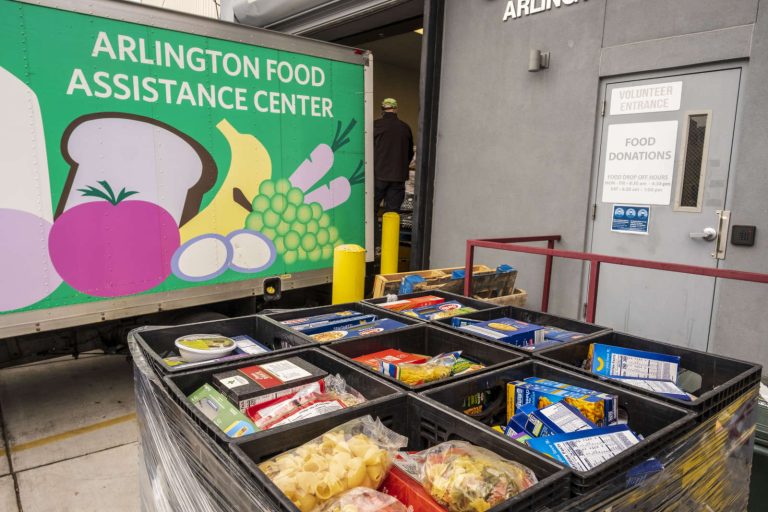
In today’s challenging economic landscape, many Americans find themselves in need of a little extra help to put food on the table. Food assistance programs play a crucial role in supporting millions of individuals and families across the country. As we get further into 2024, it’s important to stay informed about the available resources and how to access them.
Understanding Food Assistance Programs
Food assistance programs are designed to provide low-income individuals and families with access to nutritious food. These programs can come in various forms, including federal and state initiatives, non-profit organizations, and community-based efforts. The primary goal is to alleviate food insecurity and improve the overall health and well-being of those in need.
Key Food Assistance Programs for 2024
1. Supplemental Nutrition Assistance Program (SNAP)
What is SNAP?
SNAP, formerly known as the Food Stamp Program, is the largest federal nutrition assistance program. It provides eligible low-income individuals and families with monthly benefits to purchase food at authorized retail stores.
Eligibility:
Eligibility for SNAP is based on household income, resources, and other factors. Generally, households must have a gross income below 130% of the federal poverty level and meet other specific criteria.
How to Apply:
Applicants can apply for SNAP benefits online, in person at local SNAP offices, or by mail. The application process involves providing proof of identity, income, and expenses.
2. Women, Infants, and Children (WIC)
What is WIC?
WIC is a federal assistance program that provides nutritious foods, education on healthy eating, and support for pregnant women, new mothers, and young children.
Eligibility:
To qualify for WIC, applicants must be pregnant, breastfeeding, postpartum, or have children under the age of five. They must also meet income guidelines and be at nutritional risk.
How to Apply:
Applicants can apply for WIC benefits at local WIC offices. The process includes providing proof of income, residency, and a health assessment.
3. National School Lunch Program (NSLP)
What is NSLP?
The National School Lunch Program provides free or reduced-price lunches to eligible students during the school year. It aims to ensure that children receive nutritious meals to support their growth and learning.
Eligibility:
Eligibility for NSLP is based on household income. Families with incomes at or below 130% of the federal poverty level qualify for free meals, while those between 130% and 185% are eligible for reduced-price meals.
How to Apply:
Parents can apply for the program through their child’s school. The application usually requires proof of income and household size.
4. Food Distribution Program on Indian Reservations (FDPIR)
What is FDPIR?
FDPIR provides USDA foods to low-income households living on Indian reservations and to Native American families residing in designated areas near reservations.
Eligibility:
Eligibility is based on income and residency requirements. Applicants must live on a recognized reservation or in approved areas near reservations.
How to Apply:
Applications can be submitted through local FDPIR offices. The process includes verifying income, residency, and household composition.
5. The Emergency Food Assistance Program (TEFAP)
What is TEFAP?
TEFAP provides emergency food assistance to low-income Americans, including food distributions through local food banks and community programs.
Eligibility:
Eligibility varies by state, but generally, individuals and families with incomes below a certain threshold are eligible.
How to Apply:
Applicants can contact their local food bank or community agency to find out how to apply for TEFAP assistance.
Additional Resources and Tips
Community Food Banks
Local food banks are pivotal in providing immediate food assistance. They distribute food directly to individuals and families in need and often partner with local organizations to expand their reach.
Meal Delivery Services
For seniors and individuals with mobility issues, meal delivery services such as Meals on Wheels offer a lifeline. These programs deliver nutritious meals directly to the homes of those who are unable to shop or cook for themselves.
Farmers’ Markets Programs
Some states offer programs that provide vouchers for low-income individuals to use at farmers’ markets. These initiatives support both the local agricultural economy and access to fresh produce.
Online Resources and Apps
Several online platforms and apps can help individuals locate food assistance programs and resources in their area. Websites like Feeding America and apps like Fresh EBT offer valuable information and user-friendly interfaces to find local food assistance options.
How to Maximize Your Benefits
- Stay Informed: Keep up to date with changes in eligibility criteria, benefit amounts, and application processes. Government websites and local assistance offices are good sources of information.
- Budget Wisely: Plan your grocery shopping and meals around the benefits you receive. Look for sales, use coupons, and buy in bulk when possible to stretch your food dollars further.
- Utilize Community Resources: Take advantage of community programs, food banks, and local non-profits that offer additional food assistance and support.
- Seek Nutritional Education: Many food assistance programs offer nutritional education and cooking classes. Learning how to prepare healthy, cost-effective meals can enhance the value of the benefits you receive.
Food assistance programs play a vital role in supporting everyday Americans facing financial challenges. By understanding the available options and how to access them, you can ensure that you and your family have the resources needed to maintain a healthy diet. If you or someone you know requires food assistance, don’t hesitate to explore these programs and reach out for help. Together, we can work towards a future where no one has to worry about where their next meal will come from.